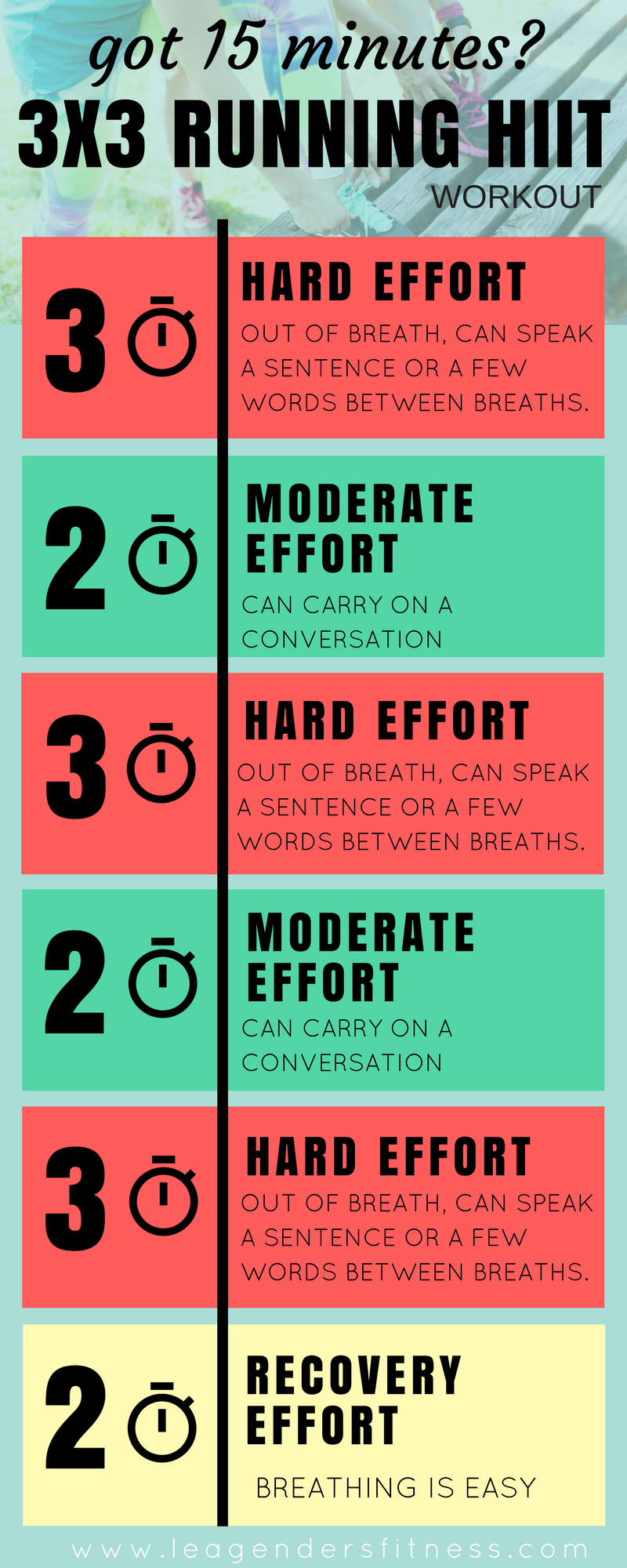Revamp Your Running Strategy: Tips for Boosted Performance
Revamp Your Running Strategy: Tips for Boosted Performance
Blog Article
Getting Rid Of Pain in Running: Techniques and Methods That Job
Pain is a common companion for several joggers, typically functioning as a barrier to attaining their preferred objectives. Nonetheless, with the appropriate strategies and techniques, it is possible to conquer and even protect against the discomfort connected with running. By discovering various strategies such as comprehending the different types of running pain, maximizing footwear and kind, integrating cross-training and toughness exercises, implementing effective recuperation techniques, and keeping correct nourishment and hydration, runners can possibly ease their pain and enhance their total running experience.
Comprehending Various Sorts Of Running Discomfort

Another type of running discomfort is joint discomfort, which can materialize as a sharp or achy pain in areas such as the knees, hips, or ankles (running strategy). Joint pain might be brought on by factors like incorrect running kind, overuse, or underlying problems like arthritis (more info here). It is essential to set apart in between muscle mass pain and joint discomfort, as the latter might need clinical attention to avoid additional injury
Understanding the various kinds of running pain is crucial for reliable monitoring and prevention techniques to guarantee a safe and satisfying running experience.
Correct Shoes and Running Form
To maximize performance and decrease the risk of running-related injuries, picking ideal shoes and preserving correct running type are important parts for runners of all levels. Proper footwear plays an essential function in supplying support, padding, security, and defense for the feet and lower limbs. It is recommended to choose running footwear that are specifically created for the individual's foot type, running stride, and the type of running activity they involve in. Getting suitabled for footwear at a specialty running shop can aid make certain the ideal fit and assistance.

Cross-Training and Toughness Exercises
Strength workouts, like squats, lunges, and core workouts, play an essential role in maintaining muscular tissues and boosting running effectiveness. They can remedy muscle mass discrepancies, enhance dexterity, and enhance power output, all of which are important for running performance.
Incorporating cross-training and toughness exercises into a running regimen should be done tactically. It is important to permit for sufficient remainder between running sessions and cross-training activities to avoid overuse injuries. In addition, concentrating on proper kind and method throughout stamina exercises is key to maximizing their advantages and lowering the danger of injury. By incorporating these elements right into a running routine, runners can develop a more powerful structure, improve performance, and take pleasure in a much more lasting running experience.
Recuperation and Relax Techniques
Having actually established the relevance of cross-training and strength exercises in a thorough running routine, focus can now be directed in the direction of Recuperation and Relax Strategies as essential components for enhancing efficiency and lowering the danger of injuries. (running workout)
Recovery after running is crucial for muscle repair service and development. Techniques such as foam rolling, visit the site extending, and massage therapy assistance in decreasing muscular tissue soreness and improving versatility. Appropriate remainder between runs permits the body to recover and adjust to the physical anxiety, protecting against overuse injuries.
Integrating energetic recuperation days into a training timetable, where low-intensity activities like walking or cycling are executed, can enhance blood circulation and promote recovery without placing excess pressure on the muscle mass. Additionally, correct hydration and nourishment play an important function in the recuperation procedure by restoring shed liquids and nutrients.
Quality rest is an additional crucial aspect of healing that need to not be neglected. Throughout rest, the body undergoes fixing and regeneration processes, adding to general physical and mental health. By focusing on recuperation and rest methods, joggers can keep ideal performance degrees and minimize the likelihood of experiencing pain or injuries.
Nourishment and Hydration for Runners
Just how can runners enhance their performance via correct nourishment and hydration methods? Nourishment and hydration are crucial aspects of a runner's training regimen, playing an essential function in performance, endurance, and recuperation. To enhance efficiency, joggers must concentrate on eating a well-balanced diet that includes carbs, healthy proteins, healthy and balanced fats, vitamins, and minerals. Carbohydrates offer energy for running, while healthy proteins help in muscular tissue repair work and healing. Healthy and balanced fats sustain total health and wellness and help in absorbing important nutrients. Appropriate hydration is also vital to preserve ideal efficiency, as even light dehydration can negatively impact running performance. Joggers ought to drink water before, throughout, and after their go to stay hydrated. Electrolytes, such as salt and potassium, are also crucial for keeping fluid balance and muscle function - running workout. Additionally, timing dishes and treats appropriately before runs can aid protect against gastrointestinal pain and provide the necessary power for peak performance. By taking notice of their nourishment and hydration, runners can enhance their endurance, quicken recuperation, and do at their best.
Verdict
To conclude, by recognizing the different kinds of running discomfort, putting on proper shoes, maintaining proper running type, integrating cross-training and strength exercises, focusing on recuperation and rest, and concentrating on nourishment and hydration, runners can successfully get over pain and boost their performance. Applying these strategies and strategies can aid runners protect against injuries, boost their endurance, and inevitably take pleasure in a much more meeting running experience.
Report this page